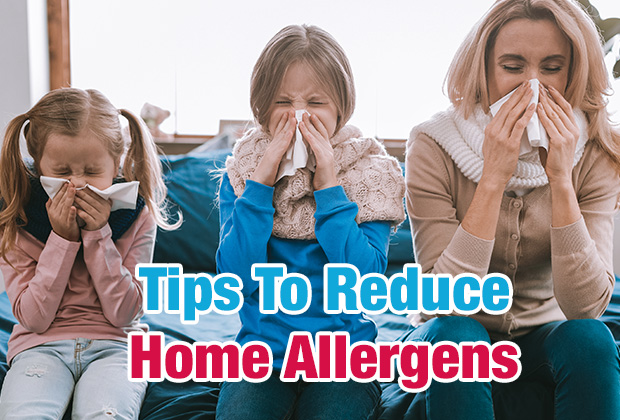Spring has officially sprung! The weather is warming up, leaves are budding and flowers are blooming. Unfortunately, with the beautiful weather also comes the arrival of itchy eyes, runny noses, sneezing and asthma. That means allergy season is in full effect. In fact, studies show that more than 50 million Americans are affected by allergies every year.
A lot of people with allergies try to hide indoors when pollen and mold are high, but many of the allergens that affect us are not only outside. They invade our homes, as well. Improving indoor air quality will help reduce some of those indoor allergens and allow for better breathing.
Here are some common home allergens, preventative measures, and tips on how to improve your indoor air quality.
Pollen
Pollen can make its way indoors by the wind blowing it through open windows and doors, and by traveling on your clothing and pet fur. Pollen is one of the most common allergy triggers that affects Americans, causing hay fever or allergic rhinitis. Try to keep doors and windows shut and use your AC on hot days to help control dust mites and humidity.
Pet Dander
Pet hair collects dander, which are shed skin cells that contain allergenic proteins. They also have allergens in the fluids secreted by animals such as their saliva. There is really no such thing as a hypoallergenic pet, but there are some animals that have dander with fewer allergenic proteins that may lead to fewer or no allergic symptoms. Bathing and brushing your pets weekly can help reduce the amount of dander they shed. To help reduce the amount of exposure you have to pet dander, keep pets out of bedrooms, vacuum your carpets often and wash hands with soap and water immediately after petting your cat or dog to help reduce allergy symptoms.
Dust & Dust mites
Dust is another common cause of allergies. Dust is made up of dust mites, pet dander, dead skin cells, human and pet hair, fabric fibers and more. Dust mites are microscopic insects that feed on dust, and their waste can cause allergy symptoms in your home. Dust mites are usually concentrated in areas with more dust, dander and humidity. Dust and dust mites can be found in pillows, mattresses, carpeting and upholstered furniture. Ways to help keep the dust at bay is to ensure that surfaces of your home are clean and decluttered and wash your beddings weekly. If you have carpeting, try to get low-pile carpet or use throw rugs you can easily wash. Using allergy-proof encasings or plastic covers on your pillows, mattresses and box springs will help reduce the amount of dust you come in contact with.
Mold
Moisture in your home can cause mold spores to grow. Try to reduce moisture around your bathrooms, kitchen and other areas that have a lot of water. Use of dehumidifiers helps control the moisture level in your home. Remember to use vent fans to remove extra moisture from bathrooms and the kitchen. Don’t leave water running longer than necessary. Make sure there are no leaks, and if you see surface mold, clean it off immediately.
Cockroaches
As with dust mites, cockroaches’ bodies and the waste they produce can actually cause allergic reactions in people. But unlike dust mites, you can actually see them. Cockroach allergens more commonly affect those who live in inner cities or southern parts of the United States. These allergens may also cause asthma symptoms and may trigger asthma attacks. To make your home less attractive to roaches, make sure food and garbage is covered and use traps and baits to help get rid of them.
If you are suffering from allergies, make sure that you are changing out your air filters regularly. It might be a good idea to have your ducts professionally cleaned annually to help remove common allergens. If you are worried about the air quality in your home, A#1 Air can help. Contact us today.






